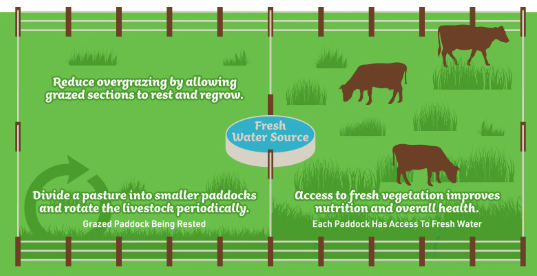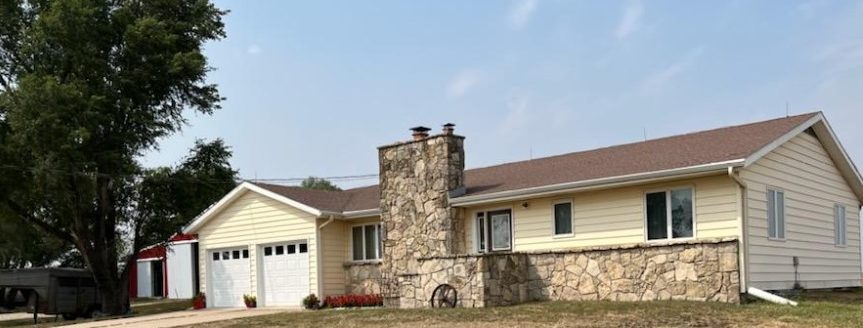
“Rain has made ample grass for the time being.”
However, that’s not all optimistic, according to a number of outlooks for months ahead as presented by several weather forecasters.
Of course, it’s common knowledge weathermen and women are wrong as often as right. So, anybody’s guess is as good as the next about what the conditions will be for the next 12 weeks.
A frequent topic of conversation for the past couple of years has been pasture rotation. The idea is to stretch out grazing capacity when there are short supplies.
Rotation is a relatively new term that wasn’t related much if any that’s memorable from the four-hour range management class.
Of course, that was more than half a century ago and likely the still teenage college student wasn’t all that attentive. However, looking back through the old, yellow report cards in the stuffed filing cabinet verifies a top passing grade.
There are different philosophies on rotational grazing and what works well for one doesn’t fit another. Weather conditions continue to always have a major impact on what needs to be done.
If it continues raining and the temperature isn’t too high, grass will generally grow. Livestock won’t need to be rotated as frequently when the pasture is not grubbed in the ground.
Fencing and water supplies are major ingredients for rotational grazing and again what fits one operation doesn’t work for others.
Barbed wire fence with gates from one pasture to another is easiest to use, but typically does not work well. Usually, a rotation program involves small pastures with clean water, so a hot electric wire fence is typically the best.
There are plenty of problems with electric fences which require consistent power. If cattle get out one time, it can become a habit that sometimes seems uncontrollable.
Moving cattle from one grazed pasture to the next takes some training but they usually learn fast. Lush grass on the other side makes cattle prefer it over their short dry feed and they’ll readily go there.
Stocking rate determines how many cattle can graze allotted acres making a watchful eye more important than ever.
Pastures typically will handle larger numbers during the summer when cattle are rotated.
Reminded of Psalm 104:14: “Grass grows for the livestock to cultivate so they may bring forth food.”
+++ALLELUIA+++



